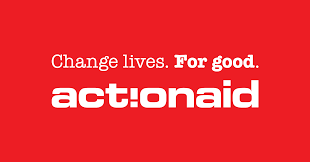Innovative delivery of education in Bangladesh using mobile technology
Project Status
The three schools that will be involved in this pilot are located in a remote location in Barisal Division – Barguna District and Unions of Patharghata Sadar and Charduani of Bangladesh. Each District has many unions where every union has population of approximately 50,000. There is at least one secondary school in every union. Selected Unions have 8 middle schools. Bengali language is mostly spoken and understood in this division. The area is mostly rural where there are limited internet access and limited electricity. Hence, teachers and students in these remote locations are at a disadvantage since they cannot access electronic learning materials that are current and that provide flexibility for learning.
Government of Bangladesh supports both public and private schools where there is full government financial support to public and limited financial support to private schools. In that area two types of schools are present; co-education and others dedicated to girls only. It is advisable to have a girl’s school as one of the participating schools. Preferred target group from the schools will be from grades 7 to 9. Significant number of private schools are present in that areas up to middle level hence the selection will be done from amongst them based on school selection critieria. School selection and project implementation will be supported by National Curriculum Board of Bangladesh and Directorate General of Secretory Division. The grade levels should be different in each school and teachers selected for the Tablet and No-Tablet groups should have similar qualifications and teaching experience.
The delivery method will involve a blended approach where students will learn using the tablets and learn from face-to-face interaction with teachers. When students learn using the tablet, they will learn independently and if they have questions, they will interact with the teacher. The teacher can also use project based learning where students are given projects to complete. As the students work on the project, they will access the materials from the Aptus to learn the materials as they complete the project.
In the training sessions that will be delivered to the three teachers in Bangladesh, the teachers will be trained on the different delivery methods and teaching approaches. In addition to the 3 teachers, 2 project staff from the local partner will attend the same trainings. During the implementation of the project, the teachers and project staff who were trained will provide support to other teachers involved in the project. For issues that the trained teachers cannot solve, the teachers will be in contact with the technical and education experts from COL for support.









